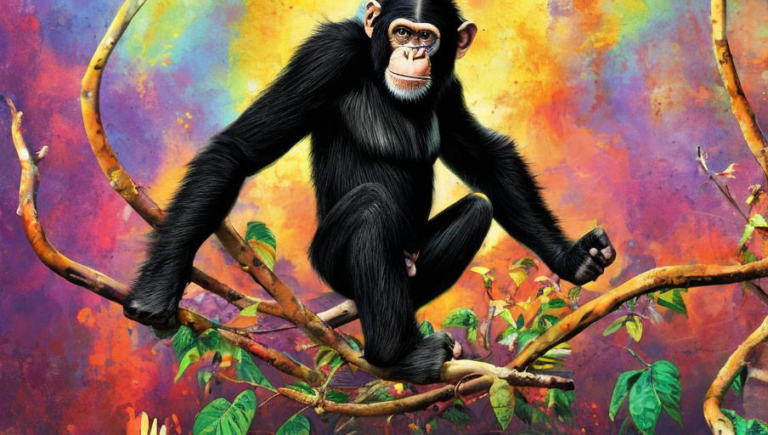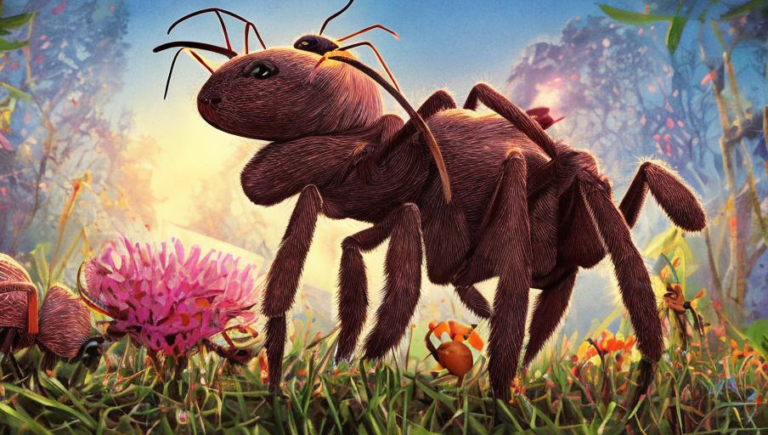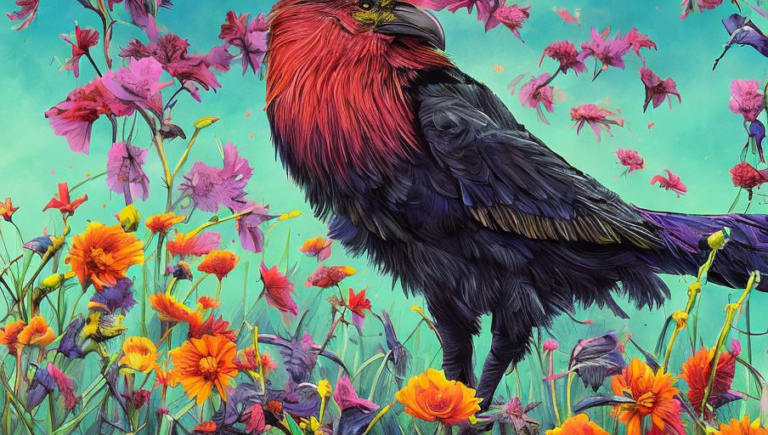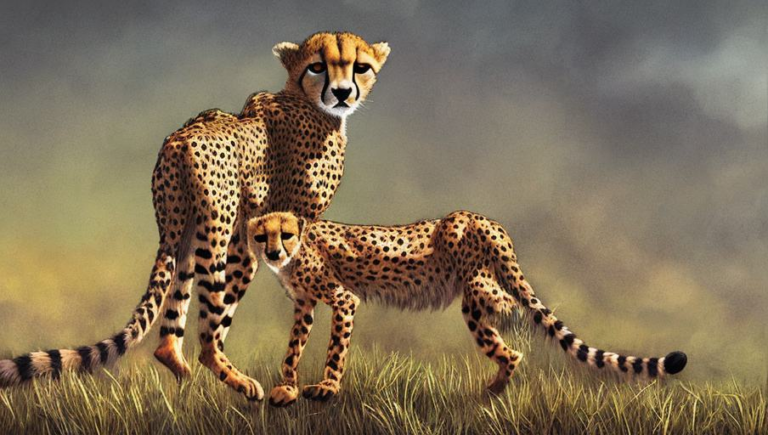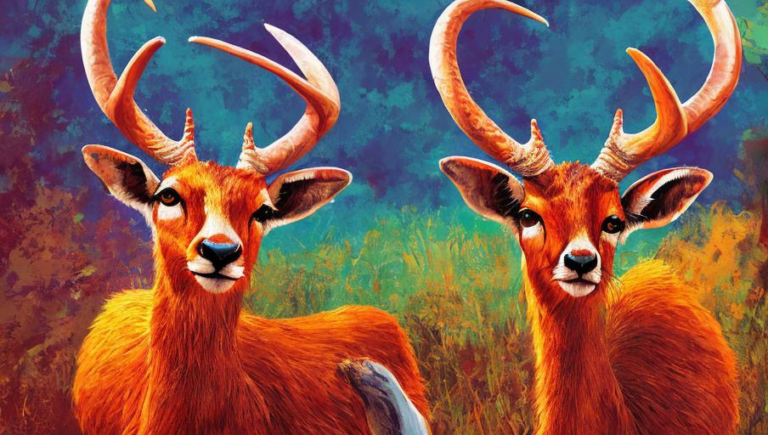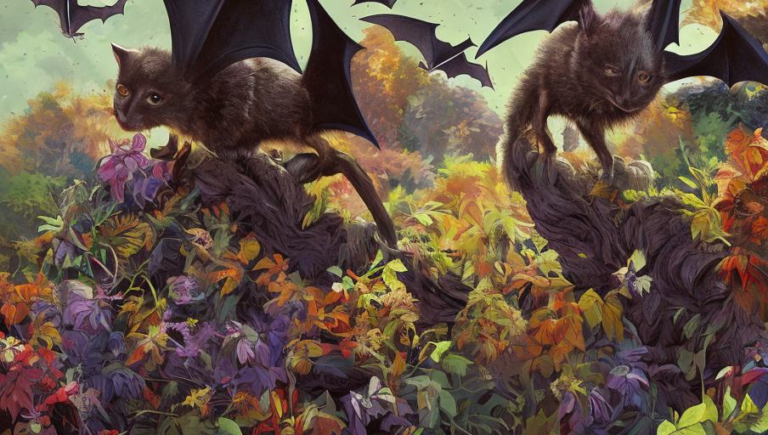Benefits of the Dunlin to Local Ecosystems
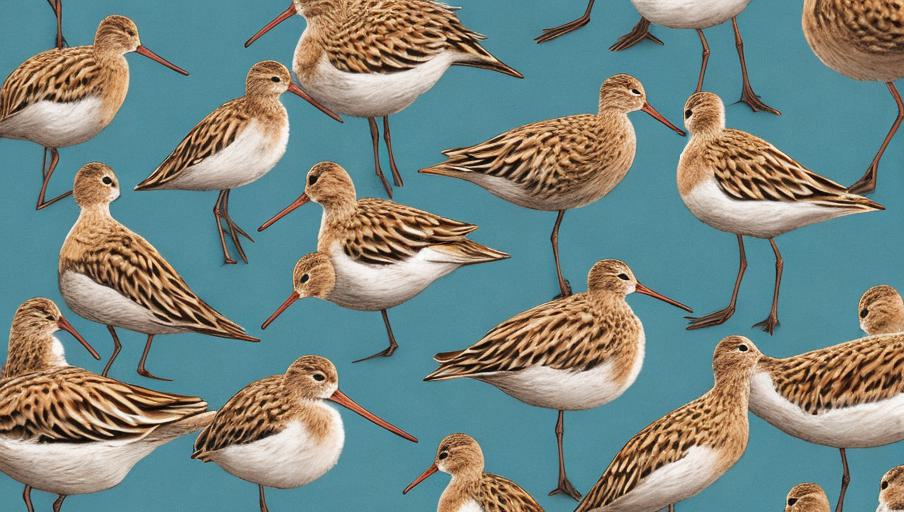
Introducing the Dunlin
The Dunlin is a small wading bird that is widely distributed across the northern hemisphere. It has a stocky body and short, black legs. It is a migratory species, wintering in the more temperate climates of the south, and breeding in the more northern areas of the northern hemisphere. The Dunlin is an important species for many ecosystems, as it is a key part of the food chain, both as a predator and a prey species.
Feeding & Prey
Dunlin feed on small invertebrates, such as crustaceans, insects, and small fish. They probe the mud and sand with their beaks to find their prey. They also take advantage of their long, sharp beaks to pluck aquatic insects out of the water. The Dunlin is also an important part of the food chain, as they are a common prey species for larger fish, birds, and mammals.
Breeding & Migration
The Dunlin is a monogamous species, with pairs normally remaining together during the breeding season. Nests are typically built in shallow depressions on the ground, and the female will lay between three and five eggs. The chicks will usually hatch after about three weeks, and the adults will remain with their young until they are ready to migrate.
The Dunlin is a migratory species, with birds from the northern hemisphere wintering in the southern regions. This important migration helps to spread genetic diversity, and it also helps to transport nutrients and minerals between the different habitats.
Conservation Status
The Dunlin is classified as a species of least concern by the IUCN, due to its wide distribution and abundant population. However, it is still vulnerable to human activities, such as overfishing and habitat destruction. Conservation efforts are needed to ensure the future of this important species.
The Benefits of the Dunlin
The Dunlin is an important species for many ecosystems, as it is a key part of the food chain, both as a predator and a prey species. The Dunlin’s migratory habits also help to spread genetic diversity and transport nutrients between the different habitats. Finally, the Dunlin is also a species of least concern, and conservation efforts are needed to ensure its future.
Conclusion
The Dunlin is an important species for many ecosystems, and its role in the food chain and its migratory habits cannot be underestimated. Conservation efforts are needed to ensure its future and protect its habitats, and it is important that we all do our part in making sure that the Dunlin is around for generations to come.
